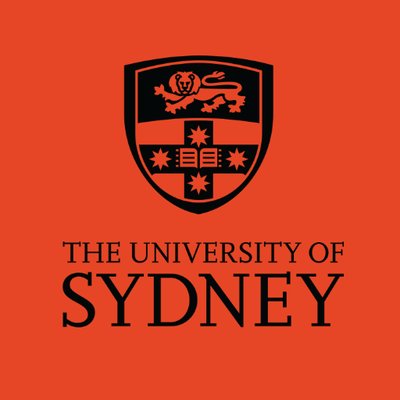University of Sydney researchers developed an efficient process to convert water into hydrogen – a breakthrough in the development of this clean energy resource
Australian researchers have achieved a critical breakthrough by finding a much more efficient means of turning an abundant resource – water – into rare and valuable pure hydrogen; long heralded as a clean and effective energy alternative.
Until now, meaningful uptake of hydrogen as a fuel has been out of reach, hindered by high costs and the vast amount of energy required for its production.
While abundant as part of the water compound H2O, highly reactive, pure hydrogen is scarcely found on earth and is notoriously complex to work with. However, engineers from the University of Sydney have made strides in its development as a clean energy store for fuel cells.
A team of engineers led by FH Loxton Research Fellow Dr Shenlong Zhao from the School of Chemical and Biomolecular Engineering have created an efficient water-splitting catalyst that requires less energy to produce pure hydrogen than earlier catalysts. Catalysts are materials that speed up or slow down chemical reactions. They are critical for managing energy conversion.
A hydrogen fuel cell creates electricity using hydrogen, with water and heat as its only by-products. Hydrogen therefore has the potential to decarbonise industries like aviation and transport. According to Bloomberg, South Korea, Japan and Germany currently lead hydrogen energy development.
The paper has been published in Nature Energy.
‘On the cusp of the hydrogen age’
“We are on the cusp of the hydrogen age: the adoption of large-scale hydrogen technology is finally within striking distance. Targeted investment and research in this area would usher in a new age of truly transformative renewable energy,” lead author Dr Zhao said.
“Our team has developed an exciting new catalyst based on iron, cobalt and nickel that can be used to create pure hydrogen,” said Professor Dianne Wiley, Head of the School of Chemical and Biomolecular Engineering.
The water-splitting process – which rips hydrogen away from oxygen, turning “H2O” into “H2” – has not been widely adopted, mainly because of the prohibitive cost of precious metals, like platinum or ruthenium, normally used as catalysts.
Methods to split water are also often unfeasibly energy intensive, and the required catalyst materials can break down too quickly before the necessary change occurs.
“Improvements in energy conversion and storage are absolutely essential for a successful and sustainable energy economy. Because energy from solar and wind sources is intermittent, our research sought to discover an efficient way of storing renewable-sourced power,” said Dr Zhao.
Dr Zhao’s colleague and recipient of the 2020 Prime Minister’s Prize for Innovation, Professor Thomas Maschmeyer, said Australia was in a good position to capitalise on the technology.
“Australia is extremely well-placed to advance green hydrogen technology, both as manufacturer and consumer. Hydrogen can be used for energy storage as well as an agent replacing gas, oil and coal,” Professor Maschmeyer, from Sydney Nano and the School of Chemistry, said.
“Not only are we the world’s largest iron-ore producer and a leading supplier of nickel and cobalt, but our abundance of sunshine and wind means that hydrogen could transform our domestic energy system as well as create many opportunities in sustainable manufacturing,” he said.
Dr Zhao said: “Just recently we witnessed a worldwide commitment to a clean energy future. What we now require is significant investment from industry and government to wholly develop hydrogen technologies.”
The New South Wales government recently announced a $32 billion renewable energy plan. Dr Zhao believes research like his could be used to develop long-range hydrogen powered aircraft and fuel cells for industrial purposes.
The team now hopes to work with a collaborator to build a larger-scale device.
How the catalyst works
The researchers used nickel, iron and cobalt to create a series of porous, metal-organic framework nanocrystals, which presented a unique atomic structure and many exposed surfaces throughout the material.
The framework successfully catalysed a reaction using less energy than catalysts that use more expensive materials. The catalyst also showed very little loss in activity in a 150-hour stability test.

